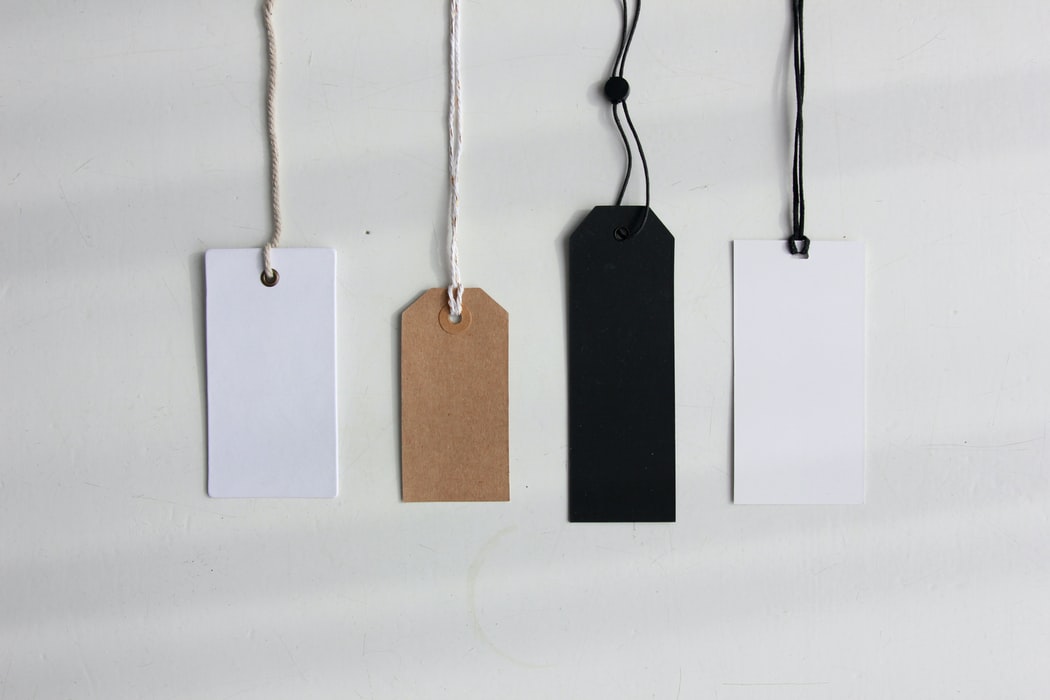Establishing Pricing Tier Based Buyer Personas
 Take a good look at your buyer personas. Be honest about what you see, is it mostly adjectives? If so, you desperately need to re-think the process of creating buyer personas. A list of adjectives will not create a three dimensional structure that you need to base critical business practices off of. For instance, pricing strategy needs both qualitative and quantitative dimensions, which means that you should have data that supports your buyer personas structure and logic.
Take a good look at your buyer personas. Be honest about what you see, is it mostly adjectives? If so, you desperately need to re-think the process of creating buyer personas. A list of adjectives will not create a three dimensional structure that you need to base critical business practices off of. For instance, pricing strategy needs both qualitative and quantitative dimensions, which means that you should have data that supports your buyer personas structure and logic.
If you are looking to optimize your pricing strategy or are doing a pricing evaluation, then start with buyer personas. Using buyer personas will be most helpful when implementing a pricing tier to your pricing strategy. A pricing tier is “a pricing method used by sellers to segment the prices of their products and services based on specified target markets,” according to priceintelligently.com. This type of pricing method allows the seller to create different price points for their buyer personas. Different buyer personas will have different budgets and different needs for products and services, so this pricing method makes a lot of sense.
Different buyer personas will have different budgets and different needs for products and services, so this pricing method makes a lot of sense.
Add Quantities to Your Buyer Person
By quantities we mean actual numerical statistics and figures. When creating your new buyer personas you should be able to pull statistics that should indicate their buying and spending habits. For instance, your qualitative adjectives for a buyer persona include: marketing manager, meticulous about spending, experienced, loves to do research, etc.Try to find statistics such as how much this buyer persona will be willing to spend, what percent of their budget they are likely to spend on a product and service such as yours, or anything that will help you guide your price to each personas’ sweet spot.
The best way to obtain this data on your buyer personas, however, is through looking back on your customers, their records, how much they’ve spent and applying it to your new and improved buyer personas. For instance Buyer Persona A bought product X 75% of the time. This will work so long as you are not a brand new business and have decent records on old customers. This will probably require digging and sorting through a lot of data but it will be well worth it. It will also serve as a sort of market research and could reveal other flaws that need addressing.
Start Designing the Tier
Start creating tiers based on your new and improved buyer personas that now have quantitative descriptors attached to them. Then, begin to order your buyer personas from who is most likely to spend the least to who is likely to spend the most. This is the order of your prices. Now, for the buyer persona who is willing to spend the least, most likely, they will need the least comprehensive product of service from you. Let’s say your business is a subscription service that delivers meal kits to your subscribers. The lowest tier subscription model will, naturally, deliver the fewest amount of meal kits and get them the least frequently. Based on their buyer persona this will be ideal for them because they need the least amount of meal kits. While this persona is getting the lowest tier in terms of price, they are still getting a great value because they are getting a service they want for the lowest price possible.
Once you have designed the lowest or most basic tier of product and service for the lowest price, you can then begin scaling up. The way in which you scale up should be based on a formulation that should be fairly obvious to your prospective buyers. HubSpot pricing tier starts at $200 per month for 100 Contacts, then $800 per month for 1000 contacts, finally $2,400 per month for 10,000 contacts. As you can tell, the price first increases 4x then 3x but the contacts increase at a steady rate of 10x each tier jump. The scale is fairly recognizable and seems fair, and for customers it actually seems like a great value because the service increases 10x.
The price tier pricing method is one that is easy to implement in most types of business and can be extremely successful in attracting a wide range of customers because of how the price is tailored to an array of buyer personas. Remember that your first time implementing this method may not be as successful as you like. Keep experimenting, adjusting both prices and services. Use A/B testing to find the pricing tier that works best for your business and your customer. Pricing tiers act as a net to catch those, who in a non-tier pricing model, would normally turn away from your business. Most of your revenue will be generated from that middle tier.
A pricing tier method works best if you keep these best practices in mind
- Scale both your price and your service/product level from the lowest tier going up.
- Your price and your service/product level should connect, and should make sense to prospective buyers.
- Each tier = at least one buyer persona. One tier for one buyer persona works best, but it is ok to have up to two buyer personas for one pricing tier.
Share this
You May Also Like
These Related Stories

How to Run a Pricing Experiment and Why They're Necessary

3 Pricing Models for B2B Pricing Strategy



